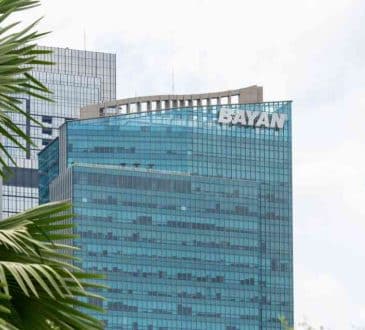Why the current approach of driving engagement will take you backwards

Would you put your hand up If you saw this advert? ‘Men wanted for a hazardous journey, small wages, bitter cold, long months of complete darkness, constant danger, safe return doubtful, honour and recognition in case of success. I’m sure you’d agree with me that the majority would say “No”
Although the origins of this advert are a bit unclear and unverified, it has been often quoted in relation to Sir Ernest Shackleton’s Endurance expedition to Antarctica. On 1 August 1914, a crew of 27 joined the early twentieth century Anglo-Irish explorer on his most ambitious project – crossing Antarctica from the Weddell Sea to the Ross Sea. So, Shackelton was able to recruit and engage his crew, who were prepared to give their lives away, more than a century ago!
Modern workplace engagement
What about now? Unfortunately, the global statistics aren’t great. If we look at the latest 2024 data from Gallup (the global authority on all things related to employee engagement), only 23% of our workforce accounts for engaged employees. The disgruntled disenchanted category represents 15%; and the fence-sitting, quietly quitting, disengaged group accounts for a whopping 62%.
It is not just the 2024 number we need to be concerned about – rather, the global numbers of the last 15 years. When analysing the trend, the engaged category has gone up and disgruntled category has come down. Which is a good thing. However, the percentage of fence-sitters has stayed more-or-less the same since we started measuring it back in 2009.
The impact of the fence-sitters on the global economy is a staggering US$ 8.8 trillion or 9% of the global GDP!
Our current approach is taking us backwards
The current approach to engage our workforce and get more done with less resources is not returning the dividends it should or could. Here’s why:
Personal level: I agree that reducing the ‘noise’ of the disgruntled group is advantageous, but at what cost? Your return on the investment of your personal energy – the bang for your buck – is not great. We’ve been trying to disarm the rebellion group and it’s ‘hard yakka’. It’s a bit like giving too much attention to your child to calm them down, when throwing a tantrum. Sometimes, leaving them alone for a few minutes works wonders!
Team level: You rely on the handful of engaged employees – your ‘go-to’ people – for everything. They get things done – your projects, initiatives, fixing daily chaos. So, they tend to get stretched, exhausted and overwhelmed. If we don’t change things around soon, we could either lose this group to another employer or they could become disengaged or worse, actively disengaged.
Organisational level: Having worked across multiple countries over the last 25 years, I know for a fact that the fence-sitting employees are only seemingly disengaged. While you might think that they only turn up in body, leaving their brains behind, I’ve found that they are waiting to be discovered and motivated. So, if we’re no involving them or finding ways to engage them, the opportunity cost that you’re not tapping into is massive.
How do we move the needle?
Turning around workplace disengagement and tapping into latent capacity to deploy more productivity initiatives is easier than you think. Here are five steps you can take to make a difference:
- Initiatives that matter: Solve frustrations that matter to employees and add value to the business.
- Involvement that counts: Strategically involve a few seemingly disengaged individuals in these initiatives.
- Progress that propels: Help fast track results and over deliver expectations. Progress is infectious.
- Positivity that excites: Get the teams to share their results at every opportunity you get – townhall meetings, newsletters, intranet etc. Employees love to hear the success stories from their fellow colleagues, perhaps more than from a leader.
- A culture that engages: Leverage newly engaged fence-sitters to lead initiatives, next quarter.
The secret
The key is involvement of the fence-sitters. If you repeat the above cycle each quarter, within a year you’ll notice that the ship is turning faster than you expected. With the fence-sitters starting to become believers, teams will start feeling happier, more productive, better engaged and running on all six cylinders.
Written by Ishan Galapathy.
Have you read?
Countries: Powerful Passports. Countries: Richest. Countries: Poorest. Countries: Happiest. Countries: Life Expectancy.
Bring the best of the CEOWORLD magazine's global journalism to audiences in the United States and around the world. - Add CEOWORLD magazine to your Google News feed.
Follow CEOWORLD magazine headlines on: Google News, LinkedIn, Twitter, and Facebook.
Copyright 2025 The CEOWORLD magazine. All rights reserved. This material (and any extract from it) must not be copied, redistributed or placed on any website, without CEOWORLD magazine' prior written consent. For media queries, please contact: info@ceoworld.biz











